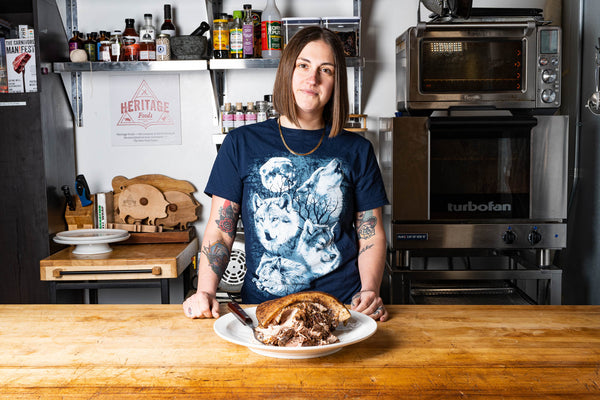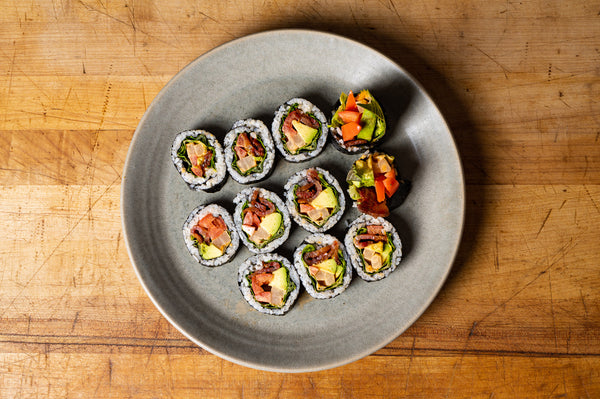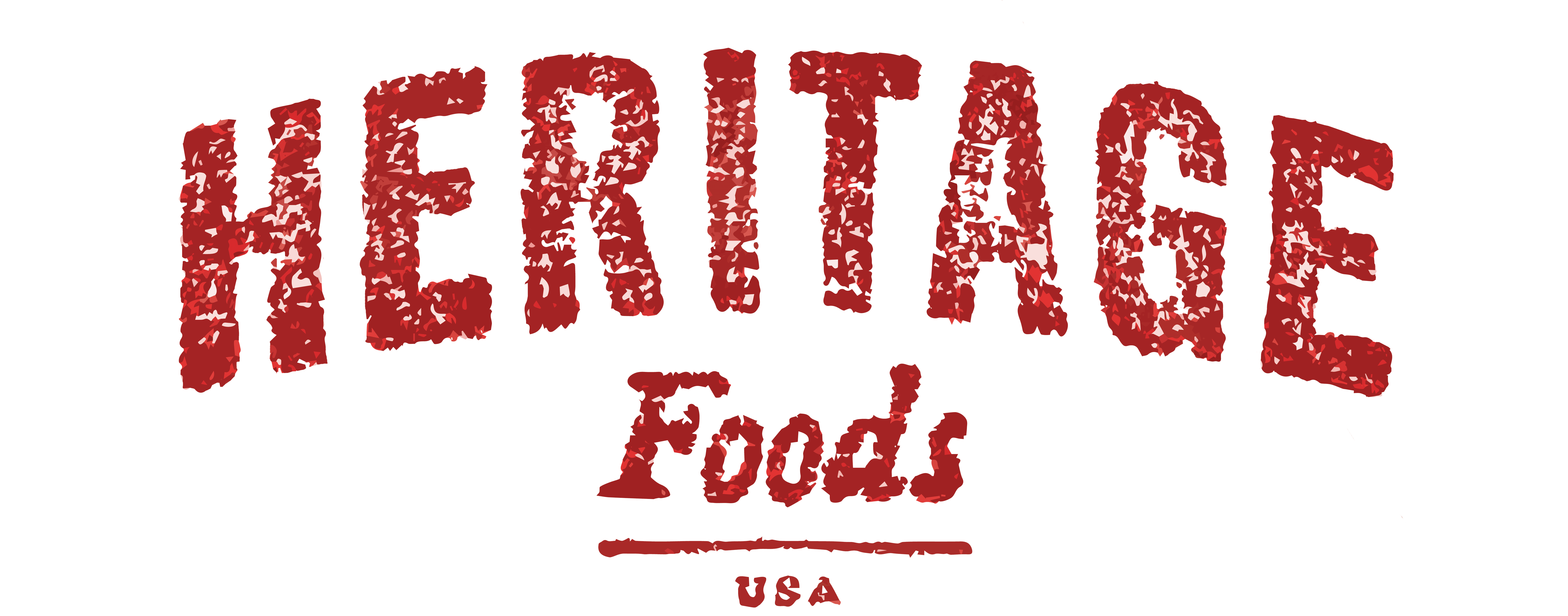We are shipping for Saturday delivery! All orders placed today will ship today unless you provide a future ship date in the notes box!
100% Customer Satisfaction Guaranteed | Shop Our Bestsellers!
Call or email us with any questions at (718) 389-0985 or info@HeritageFoodsUSA.com!
All our Provisions ship FREE!

Saltimbocca means “jump in the mouth,” and these small pieces of pork topped with prosciutto and sage are meant to be eaten in a single bite. Scaloppine for saltimbocca, which originated in Lazio are traditionally cut from the leg of the calf but they may be made with whatever is available and inexpensive. In this version, the pork is sautéed in garlic-flavored oil and finished with lemon and white wine.

Cesare marinates our meaty heritage breed spare ribs in a medley of familiar Italian ingredients, as well as spezie forte, a complex, often secret spice blend, that is unique to each Italian butcher. He roasts the ribs before marrying them with wine and tomato. They simmer away lazily until melt-in-your-mouth tender.

Chef and Owner of Win Son Restaurant and Bakery, Trigg Brown’s Pork Buns are a signature dish at both of his acclaimed locations. We’re excited to feature Chef Trigg’s recipe from the Win Son cookbook which uses pork from our network of farms!

Watch Chef Kelly "Shibumi" Jones, NYC chef turned Hudson Valley supper-club owner and longtime Heritage customer, prepare a heritage boston butt using this method with an at home sous vide machine and tools you can find in any kitchen. Shibumi's method creates a boston butt that looks and tastes like it was cooked for hours on a BBQ with little to no clean-up!

Kimbap is a Korean rice roll wrapped in seaweed. Kim means seaweed and bap means cooked rice. The traditional kimbap filling is Danmuji or pickled daikon radish. Chef Eunjo Park’s variation on this Korean staple is a savory delicacy Pork Jowl Bacon BLT Kimbap.
© 2025, Heritage Foods Powered by Shopify
